Visible and audible life fills the spring of deciduous and herb-rich forests
The arrival of spring brings an end to the wintry silence of deciduous and herb-rich forests. The snows melt away into streams and the warmth of the sun kick-starts the new growing season. Everywhere you look, there are new shoots sprouting among the leaf litter, and spring bloomers cover the forest floor in flowers. Pollinators buzz above the sea of flowers and passionate birdsong fills the air. Tree buds bulge and sprout into leaves, quickly covering everything in green.
The most obvious difference between herb-rich and coniferous forests is that the soil in the former consists of mull. This is due to rapid decomposition of organic matter, i.e. efficient nutrient recycling, which lends the soils of herb-rich forests their characteristic fertility. Characterised by the diversity of its deciduous trees, herbaceous plants and the shrub layer, herb-rich forests support a wide range of species. The diverse vegetation is complemented by a wide variety of mosses, lichen, fungi and insects. Herb-rich forests are thus notably lusher, more layered and more diverse in terms of the range of species inhabiting them than the surrounding habitats.
The rarest subtype of Finnish herb-rich forests is deciduous herb-rich forest. As such, the deciduous herb-rich forests of Ruissalo are the most valuable habitats on the island. In Finland, these types of forests are found only in a narrow band by the southern and south-western coast. Temperate deciduous trees – primarily English oak and lime – and the species that are dependent on them, are characteristic to deciduous herb-rich forests. Together they form a very diverse biotic community that is otherwise rare in Finland. Temperate deciduous trees are common in the temperate deciduous forest zone of Central Europe. In Finland, they only occur in sites with optimal growing conditions. They include English oak, small-leaved lime, wych elm, white elm, common ash, Norway maple and common hazel. On Ruissalo, extensive deciduous herb-rich forests can be found in particular in the area between the bridge leading to the island and Honkapirtti.
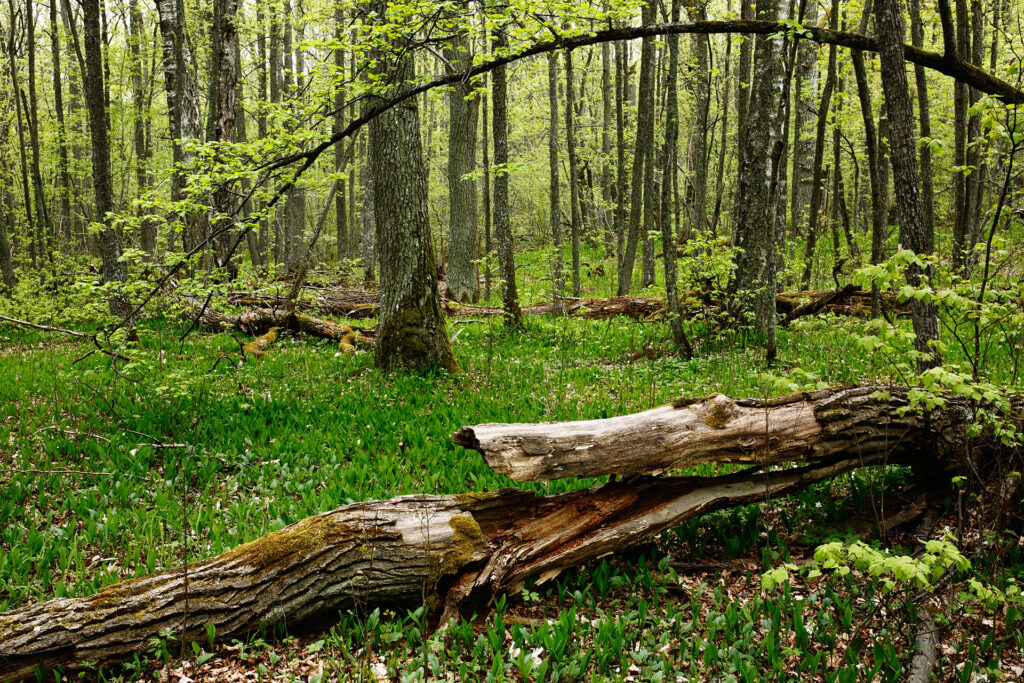
The herb-rich forests of Ruissalo
Herb-rich forests are among the most typical habitats found on Ruissalo. Only 1% of Finnish forests consist of herb-rich forests, and yet they are the primary habitat of approximately half of the endangered forest species in Finland. When people started to clear away forests, a large proportion of herb-rich forests were harnessed for agricultural use. Some patches unsuitable for cultivation were also transformed into wooded pastures. Only small patches of herb-rich forests that were difficult to reach and clear for agricultural use survived this period. Thus, the extensive, continuous herb-rich forests found on Ruissalo are unique in Finland.
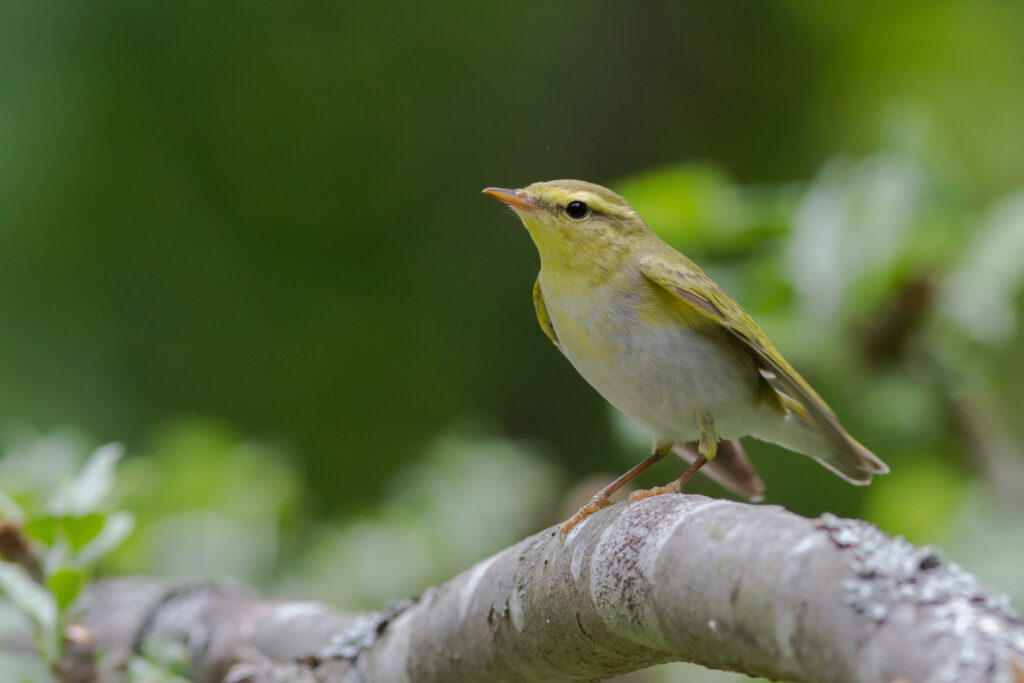
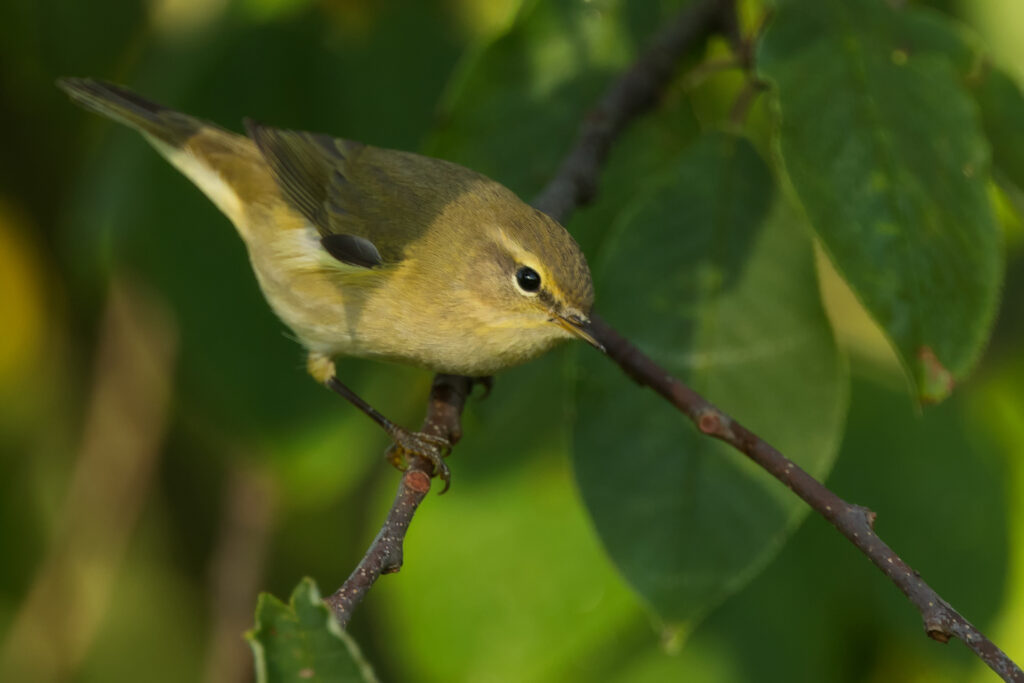
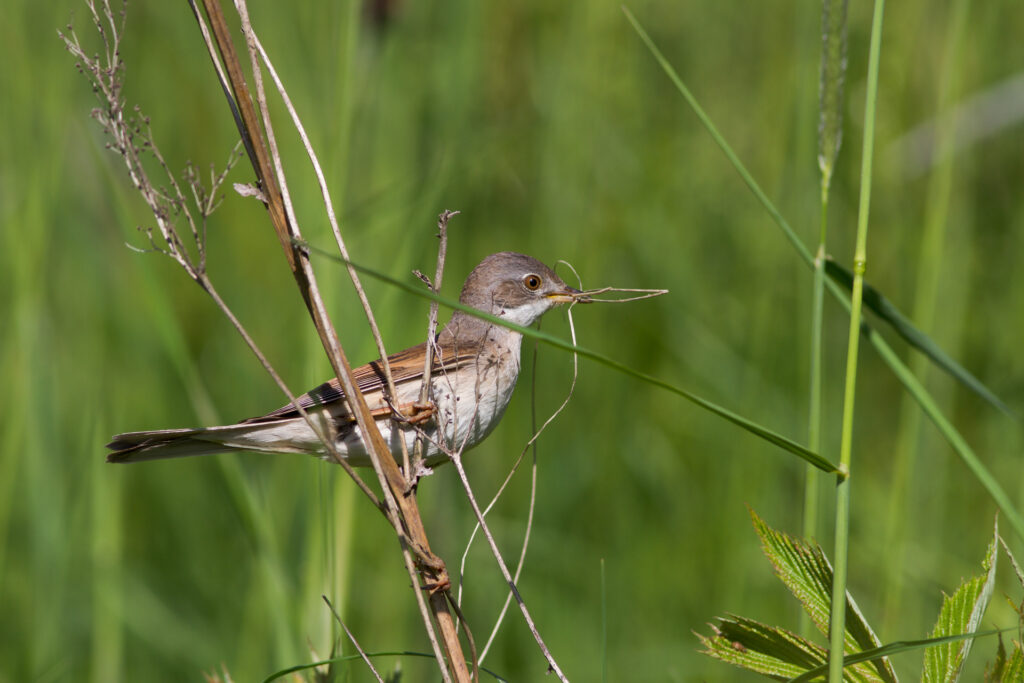
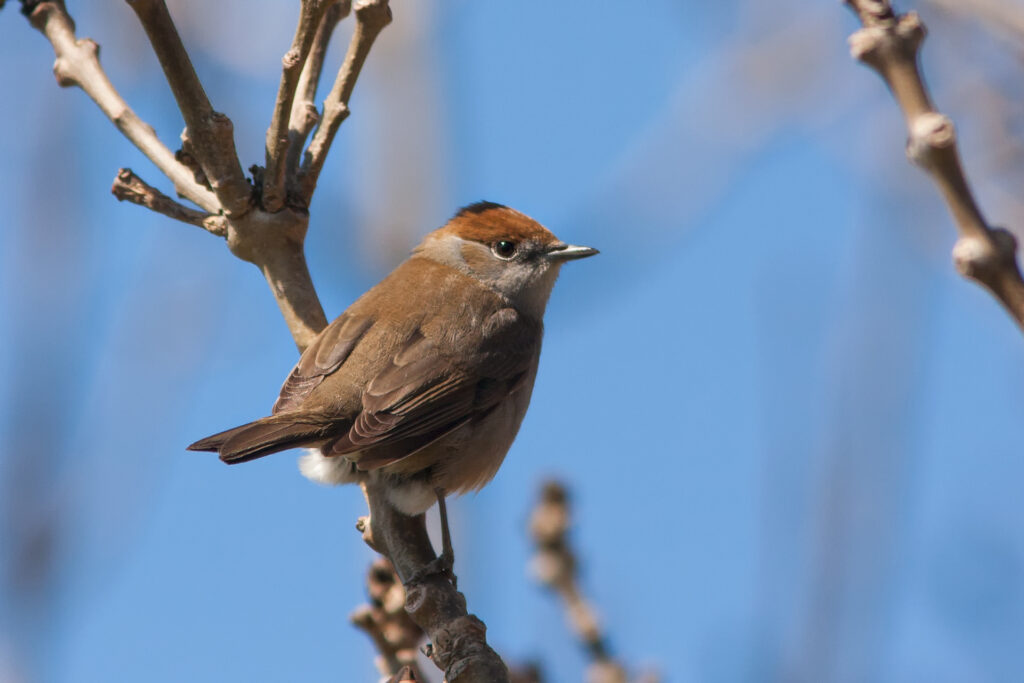
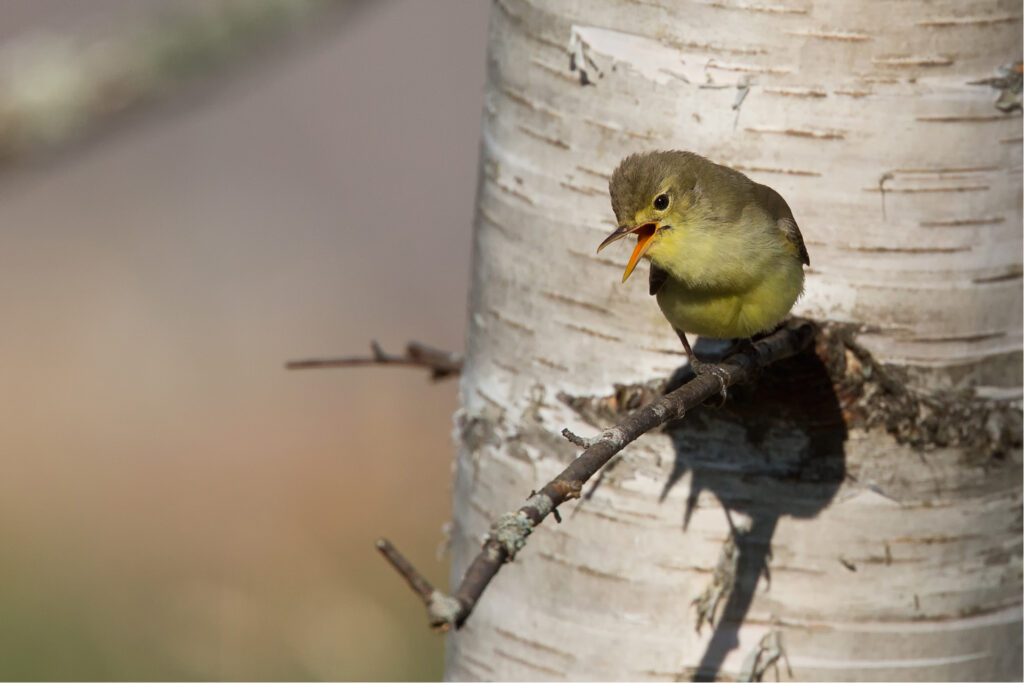
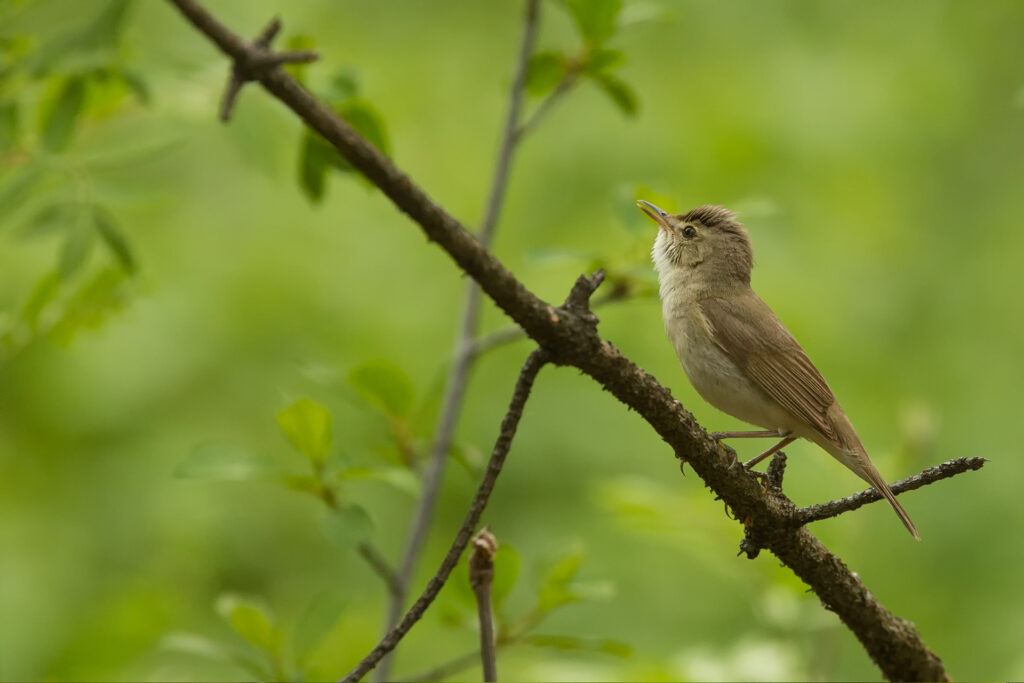
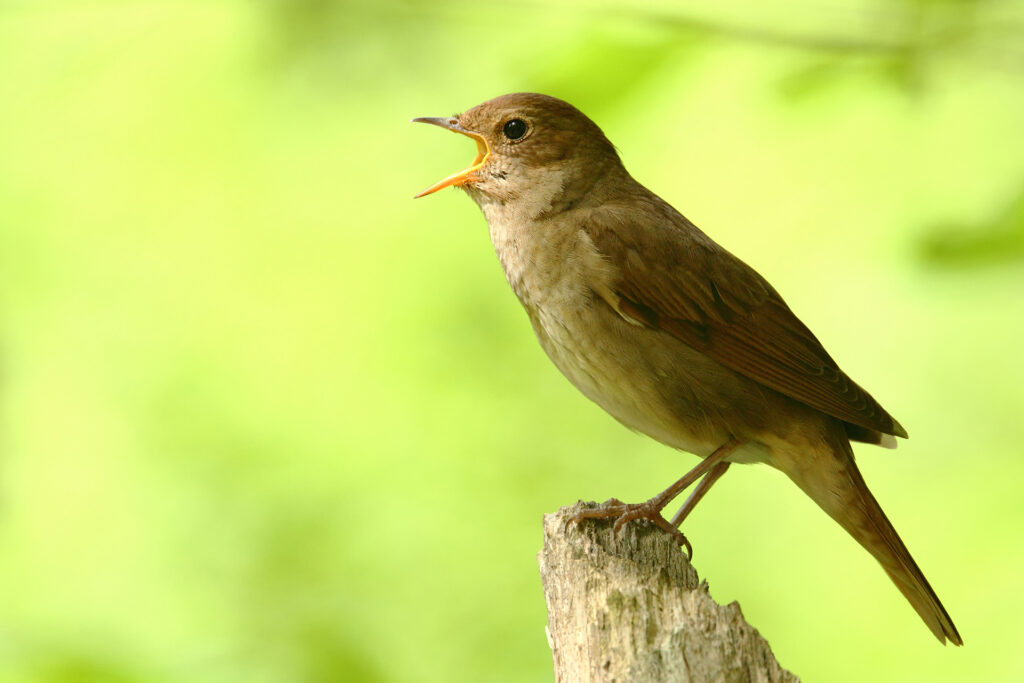
The herb-rich forests of Ruissalo boast an exceptional abundance of birds: the island has as many as 1,000 nesting pairs per square kilometre, whereas the average number in the forests of south-west Finland is approximately 250. No other area in Finland is believed to boast such a dense concentration of nesting birds extending over such a wide area. In fact, Ruissalo has been named an Important Bird and Biodiversity Area (IBA) precisely because of its herb-rich forests. Actually spotting small birds is often difficult in lush herb-rich forests, but luckily they announce their presence quite clearly. In May, mornings in the forest are filled with the sounds of wood warblers, garden warblers, common whitethroats, Eurasian blackcaps and icterine warblers. When twilight falls, the stage is taken over by thrush nightingales.
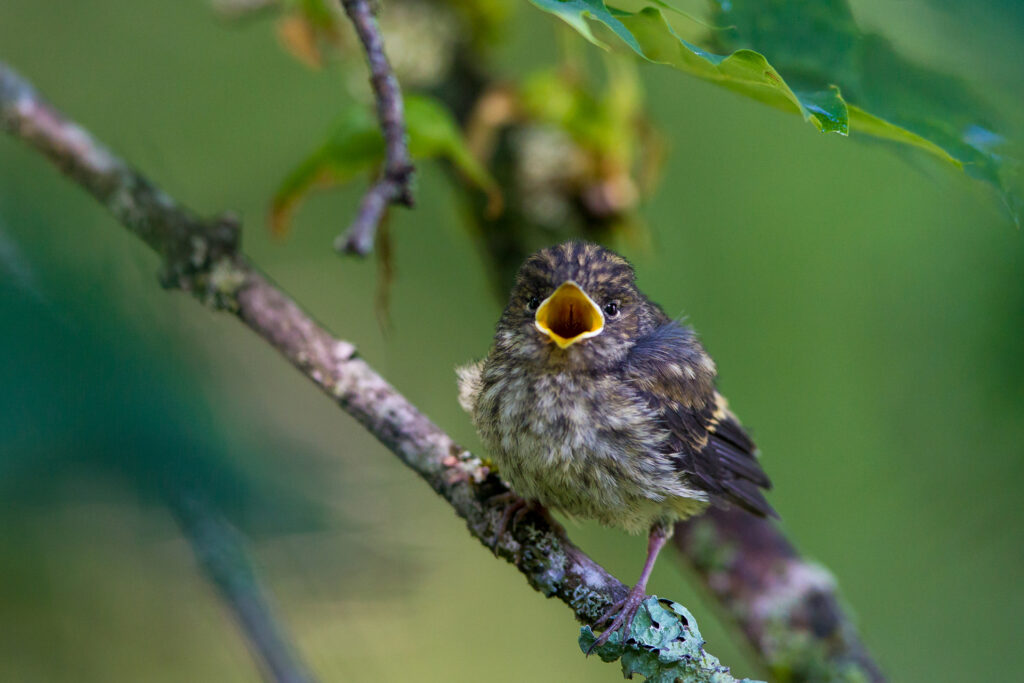
Herb-rich forests are venues for annual spring singing competitions
In the spring, herb-rich forests are filled with loud bird concerts. Twittering, whistling, drumming and trilling fill the air as each male tries to stand out from the rest. Their songs have two objectives: to attract a female to mate with and to drive off any competing males from claimed territory. The most intense singing season only lasts a few weeks; as nesting commences, the singing dies down with the formed pairs focusing on caring for their young. The singing is soon replaced by the eager chirping of chicks.
The tawny owl is nocturnal and usually spends the day napping on a spruce branch or in a tree hollow. The males’ quavering mating calls and the females’ meowing responses can be heard on calm late winter evenings and early in the spring. However, tawny owls are, in fact, vocal all year round, as is the case with many other owl species as well. The tawny owl’s diet consists primarily of small rodents, but they will eat frogs and small birds, too.
The tawny owl is a southern species, with Finland being at the very northern edge of its distribution range. In fact, the tawny owl first nested in Finland just over a hundred years ago – right here in Turku. Nowadays the Finnish population consist of over 1,000 pairs and has spread inland up to the Lappeenranta–Vaasa axis. Being a sedentary bird, the tawny owl suffers during harsh winters. In the absence of large natural hollows, many tawny owls have built nests in large owl boxes.
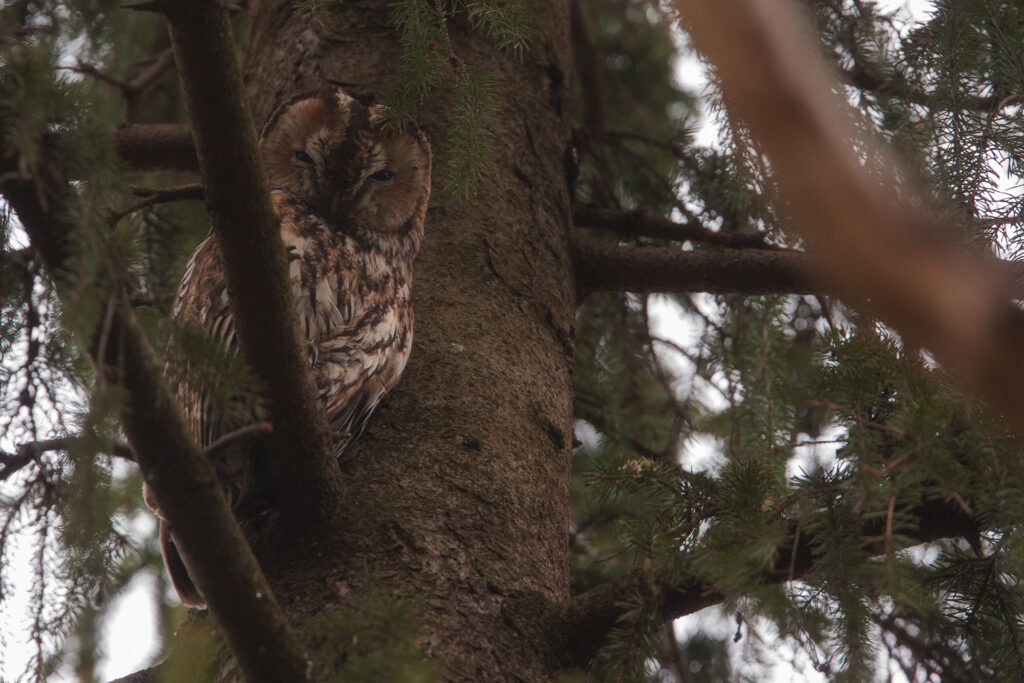
A nocturnal hunter hooting in the spring night
The tawny owl’s habitat consists of herb-rich forests near fields, pastures and coastal meadows. It requires deep hollows for nesting. Thanks to its old oaks, Ruissalo is excellent habitat for tawny owls, and the island indeed boasts an especially dense tawny owl population.
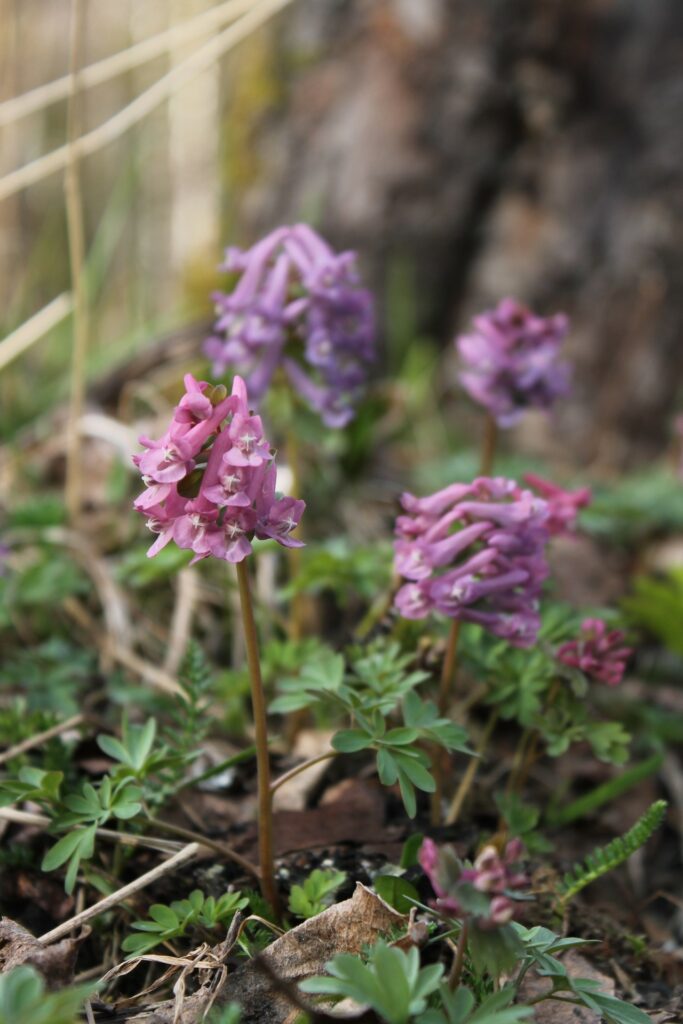
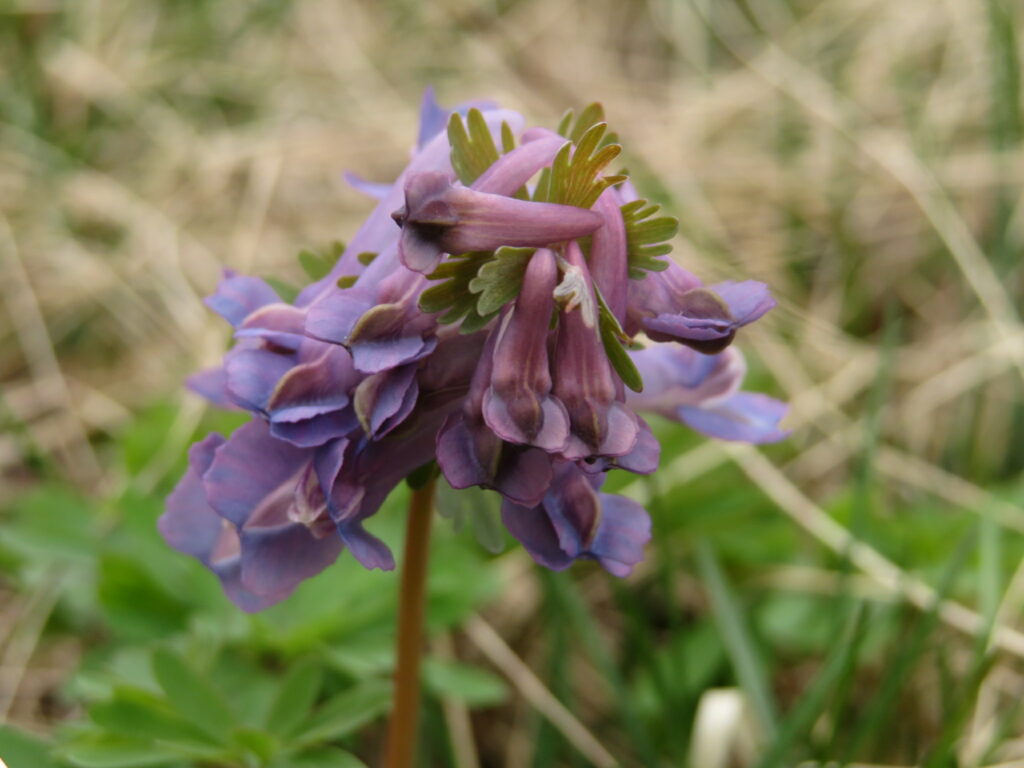
Spring bloomers have adapted to flowering during the relatively cold and bright early spring, when the ground is still moist after the winter and the field layer is not yet shaded by the leaves of trees. The intense bloom lasts for a few weeks. By the time summer rolls around, these early species have fallen under the shade of other plants, with some wilting entirely. But there’s nothing to worry about, as the plants’ underground parts and new seeds ensure that next spring will be full of flowers once again!
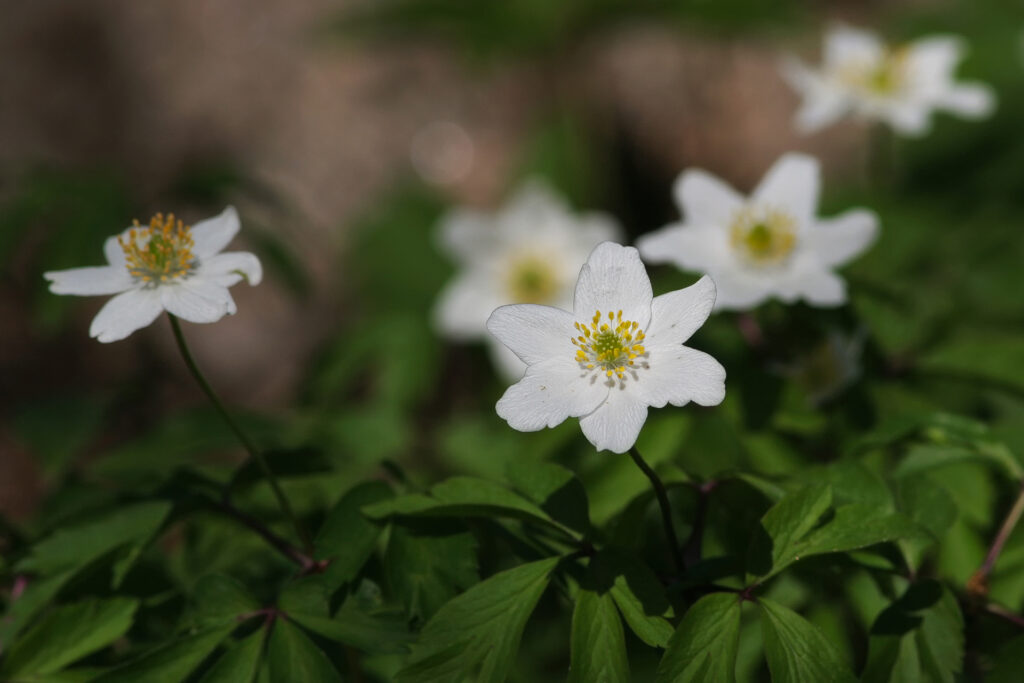
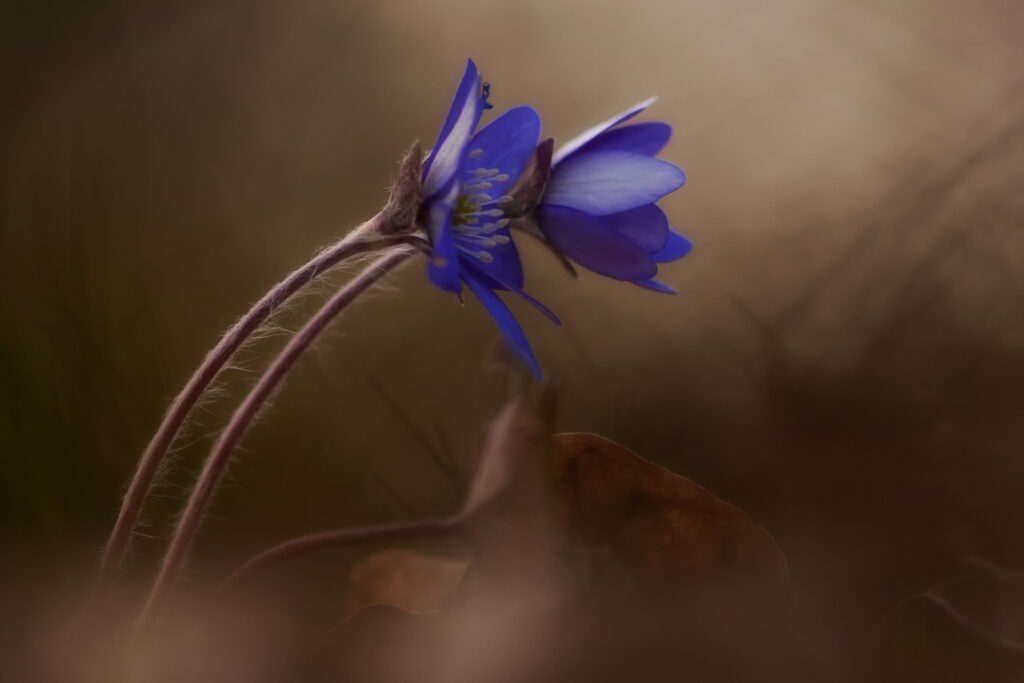
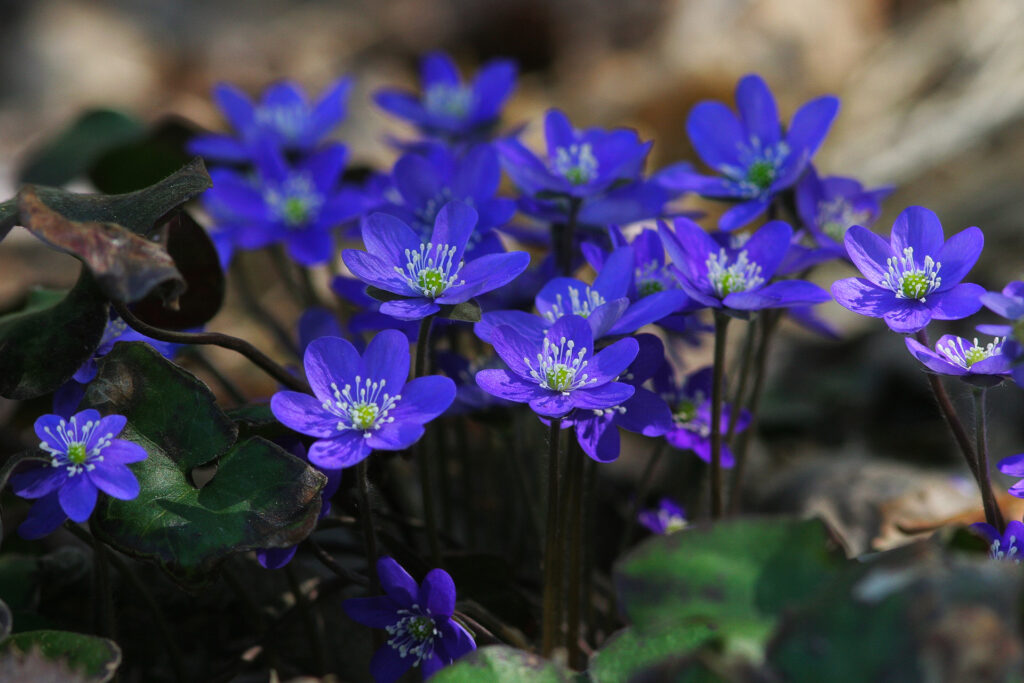
The vernal splendour of flowers in herb-rich forests
The coming of spring is first felt on the floor of herb-rich forests, in the field layer, which the season covers in flowers. Wood anemones, hepaticas, gageas, corydalises and cowslips are all in a hurry to bloom before the leaves of trees grow big enough to cast a shade over them. The most impressive are wood anemones, which around Finnish Mother’s Day in early May can cover the entire forest floor in a continuous carpet of flowers. Pollinators have their work cut out for them trying to attend to every flower.
Important: let the flowers enjoy spring and only pick them with your eyes or camera!
The lily of the valley – like many other plants – protects itself against herbivores with the help of chemical compounds. All parts of the species, including the orange-red berries, are poisonous. Only one species of beetle, the bright red Lilioceris merdigera, has specialised in feeding on lilies of the valley. The lily of the valley’s poisonous compounds affect the heart, which is why the plant was used for medicinal purposes in previous centuries. For example, the species has been used to treat heart disorders, in addition to which its flowers have been used to make sneezing powder.
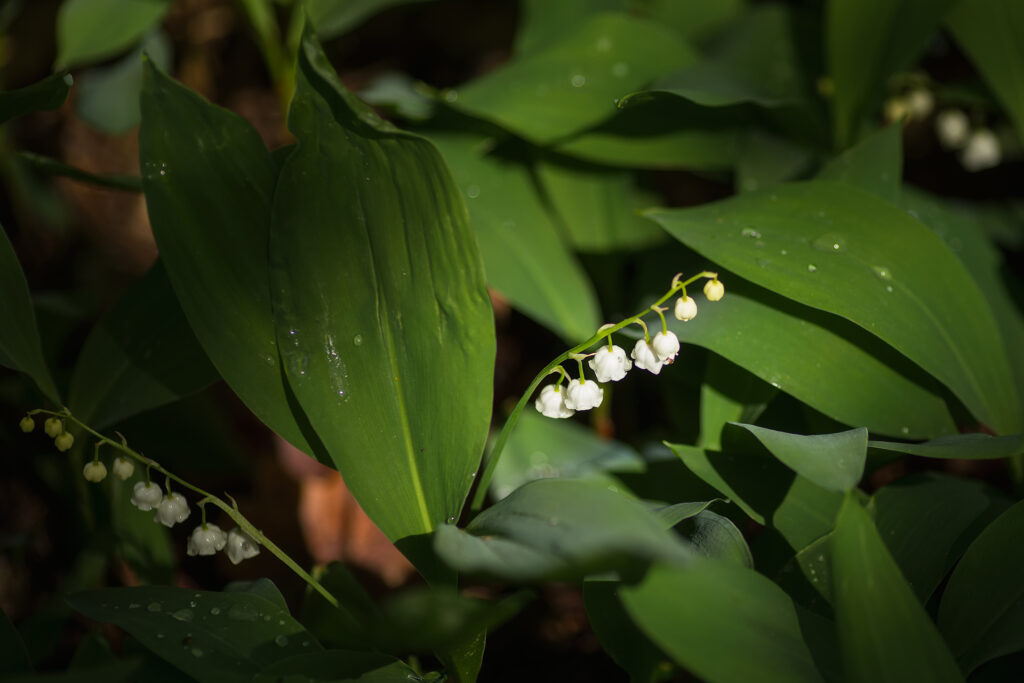
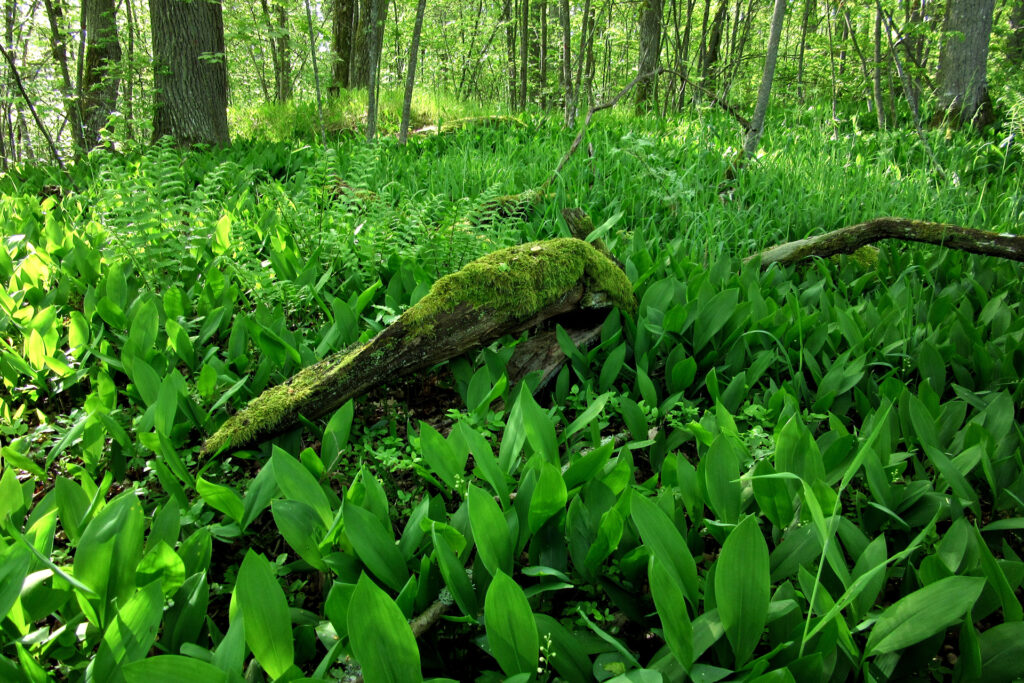
Lily of the valley – the beautiful but poisonous national flower of Finland
Right after the early spring bloomers, is the lily of the valley’s time to shine. It starts out as a straw-like leaf sheath sprouting from the ground, which soon opens up into leaves. The characteristic tongue-like shape of the leaves has lend the species it´s Finnish name kielo (kieli, in Finnish, stands for tongue). Lilies of the valley bloom in May, producing little white flowers that have a strong and pleasant scent. The species has been chosen as the national flower of Finland, so feel free to kneel in front of it for a closer look. But do keep in mind that the lily of the valley is poisonous!
Of the 13 bat species found in Finland, nine have been found on Ruissalo. The northern bat, the Daubenton’s bat, the whiskered bat, the Brandt’s bat and the brown long-eared bat are all relatively common on the island. The Nathusius’s pipistrelle also breeds on Ruissalo nowadays, but the common noctule and common pipistrelle are rare visitors to the island. However, the star of the bats of Ruissalo is the rare and endangered Natterer’s bat, which in Finland is regularly found pretty much only in Turku.
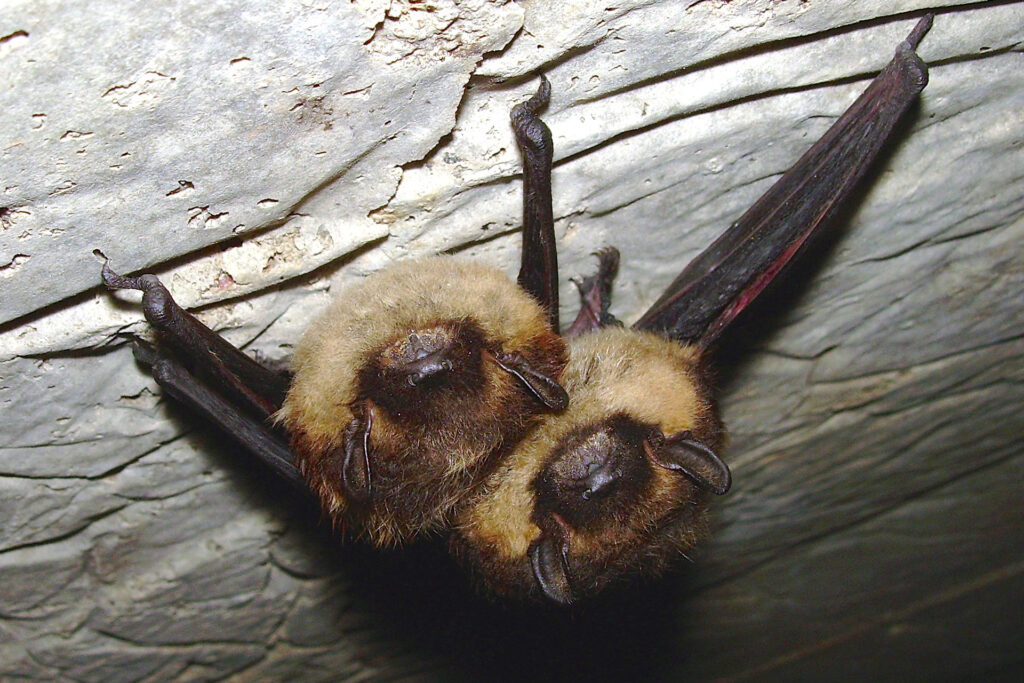
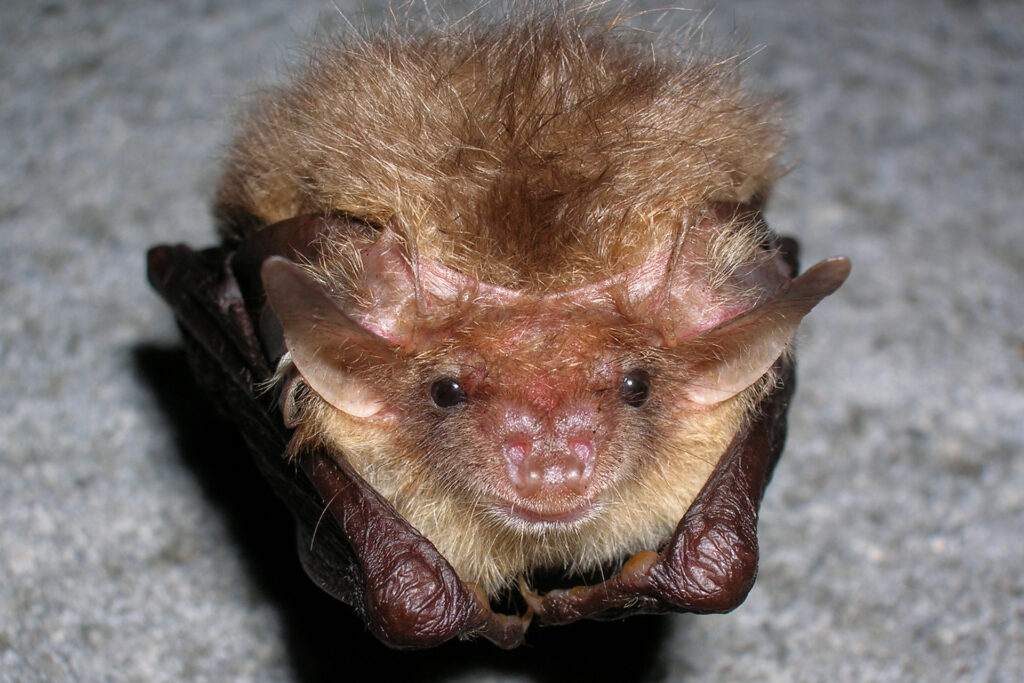
The bats of Ruissalo: The beginning of the flight season
The bats living on Ruissalo wake up from their winter hibernation in April–May. During this period, they can be spotted flying around during the day as well, as spring nights are often cold, due to which there are not enough insects flying around for the bats to eat at night. Migratory bat species, such as the Nathusius’s pipistrelle, arrive in Finland in late May. Bats mate in the autumn, but do not conceive until spring. Instead of having a fixed gestation period, bat gestation depends on spring weather conditions. If the weather is warm, pregnant females can find food easily and their embryos develop faster, but if the weather is cold and rainy, they will fall back into hibernation, which slows down or stops the development of their embryos.


